When Worlds Collide: Kenny Scharf

In the 1980s, the New York art world was forever changed by Kenny Scharf and his friends Keith Haring and Jean Michel Basquiat. Through their unique personalities and work, they changed the way we think about visual art, the world encapsulating it, and modern creative expression. Haring and Basquiat both died tragically young, leaving only Scharf to tell the tales of a rougher, grittier, and (dare I say it) more fun New York. Scharf’s daughter, Malia, set out to tell her father’s story over ten years ago. She’s combed through hundreds of hours of archival footage, photographs, and paintings. Scharf lived through seismic shifts in the small East Village artist community, alongside the tragedy of the AIDS epidemic and an economic depression.
When Worlds Collide is about the art of fun, about living life out loud. Against sizeable setbacks, we witness Scharf’s do-it-yourself, high-pitch, Technicolor artistic vision take center stage. FRONTRUNNER presents an exclusive interview with Malia Scharf and filmmaker Max Basch, making his feature film debut.
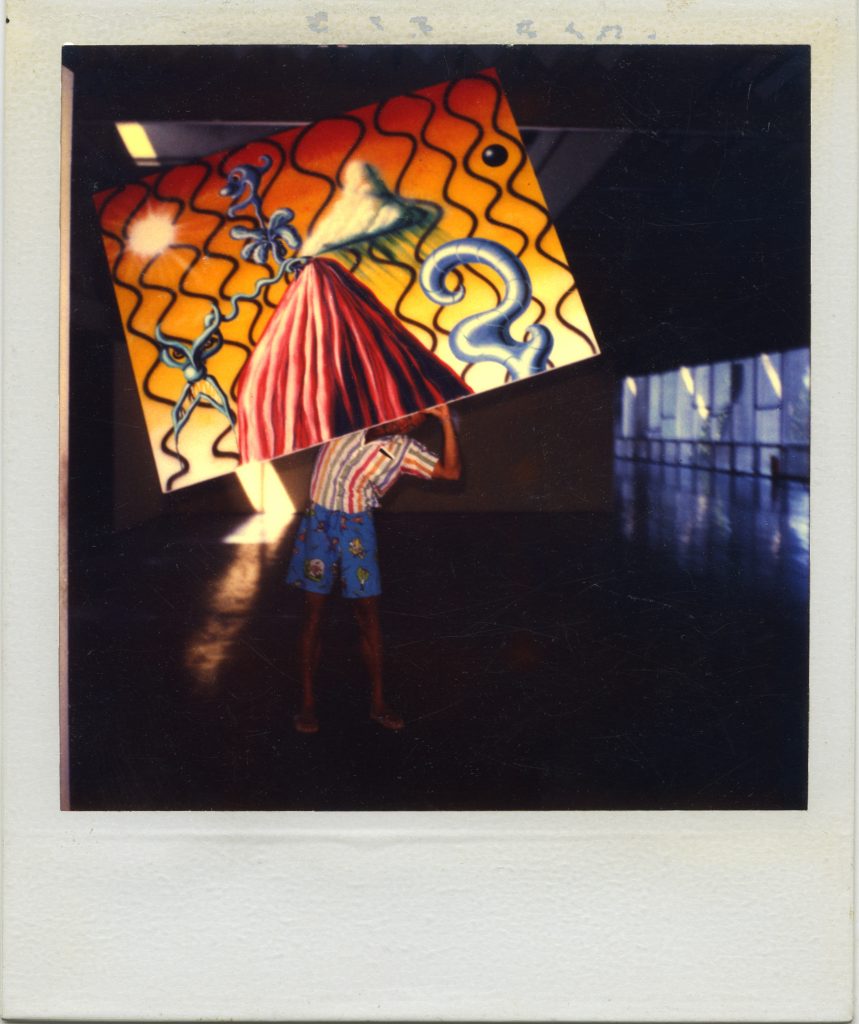
Photo courtesy of Malia Scharf
There are several documentaries that have covered Basquiat, Mudd Club, Keith Haring, and the culture of the 80’s New York art scene. Did you watch these before making this film? How do you feel you depicted something similar or different?
Malia: I really admire how Kenny, today, is not afraid to be who he is and I think that when an artist has passed and there’s this story that their estate wants to tell, that’s not always the case. You hear about certain things, but there are some truths that are left out to keep someone’s image a certain way. Kenny, in this film, is very much alive. He had to move through that and he lived, so it’s a story of hope. I think for young artists to see what it takes to be an artist, to have a strong voice and to maybe be looked down upon – but to keep true to your truth, to your vision – is powerful. I feel Kenny has come around. He’s had his low moments, but he’s kept a strong vision of who he is and his work, and that, for me, is an inspiring story. He’s willing to be really truthful about, the best that he can be, who he is and his journey. He’s alive and he’s still doing it.
Max: That era in New York has been, as you mentioned, heavily romanticized and visited and revisited many times through multiple films. There’s a reason, I think, that people have a certain fascination with that time because New York was this fervent, small community of artists. I think there’s a lot of romanticism surrounding that, and rightfully so. How do we differentiate from previous art films that traipse into that territory? I think that we were aware of the majority of the films surrounding that time, and we didn’t make a concerted effort to differentiate ourselves. We just tried to stay true to Kenny’s story and there was no way of not telling this story at that time and what it looked like for him. You know, even if many other filmmakers or documentarians had gone about and told this story, it just felt like, how could we not tell the story? Somehow, we had to try to keep it unique to Kenny, but also to his community, because he did carve out a very specific community of cohorts and collaborators. It was focused primarily around Club 57. It’s, hopefully, our short, unique, chapter of that era that not many other films have delved into.
Malia: Kenny kind of carries on the spirit of what (Basquiat, Haring) they were doing. I think what’s key to the film is that he’s been able to carry on the spirit of the art in the streets. Even using trash. He has taken all of the things he was doing then and brought it into the now. Keith and Basquiat are celebrated, but memorialized in the past. Kenny has carried the torch into the present.
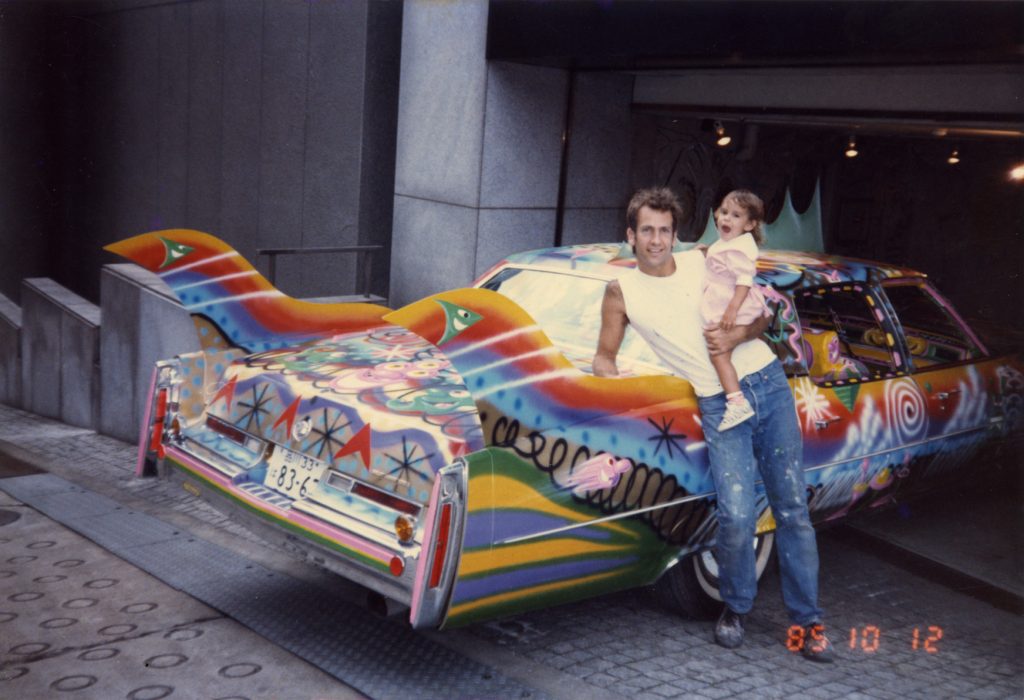
Photo courtesy of Malia Scharf
Tell me about Kenny being criticized for being “too fun.” How did you decide on this topic and identify this theme?
Malia: It was something that’s always been at the forefront for me and I have seen him carry it in his work. I think he’s also been most criticized for the kind of childlike [art] and fun faces. I thought that was really interesting to ask how he knew to make his work. That’s his style. That’s his expression. Growing up, I saw the criticism. I was always a very precocious, very aware child, so it’s definitely a prevalent theme. This was always a theme that we were going to talk about in the film. Maybe now there’s a lot of room for that kind of play or cartoon work. There’s KAWS and all these young artists doing very cartoony things, even Robert Williams, but that was not accepted. That was frowned upon. From the beginning, we wanted to talk about that.
Max: There’s the connection between Kenny and Malia; the familial perspective. Beyond that, what are we trying to talk about in the film? It became clear in my conversation with Malia and the process of diving into the footage, there was a theme emerging of playfulness and the juxtaposition between playful art and serious art. Where are the boundaries there? Where do you draw the line? There was a friction between these elements. It’s central to his being is this playfulness. In the film, when he leaves New York, it sort of forces him to grow up a little bit living through all that tragedy. Look, if you see Kenny today, he still has this playfulness that is so innately within him. That’s what makes him special and unique. It’s part of his magic juice. He has the ability to tap into this childlike playful aspect of him. He just creates. He is a conduit of creativity within this childlike space. Obviously, he’s a grown man and he’s mature but when it comes to his creative expression he is one hundred percent free.
Kenny put up a mural on Houston and Bowery that was tagged by graffiti writers in New York. Maybe a little off-topic, but Kenny’s place in the street art community. Discuss.
Malia: First of all, it’s like once it’s out in the streets, it’s in the street. So, yeah, anyone can do anything. He doesn’t identify as a graffiti artist. He just doesn’t, and he doesn’t call himself a graffiti artist or a street artist. Graffiti was done way before Kenny; people were doing graffiti and it was more of like a tagging style. In terms of the New York art scene, he and others did bridge the worlds of the art world and painting on the street. To this day, my father has stayed true, again. The art world might say, “Don’t paint on cars,” and “don’t give things for free. Don’t make murals.” For the longest time, he would just do these murals for free. He wants to put his art out there. What Kenny would say to me is that when he would go and paint things, he would try to elevate it. I don’t know anything about graffiti, but he wouldn’t go over and bomb someone’s mural. I saw what they did on the mural at Bowery and Houston and it was pretty boring to me. They didn’t do anything to elevate this. There’s so much to say about the art world. Truly, there are so many different angles and stories we could tell: the whole scene with the art world, art in the streets and how it’s been so commodified today. It really is like another growth from the original crew (Scharf, Haring, Basquiat). But the reality is the passion and the reason for putting it out in the street is for people. It’s for people to just enjoy art.
Max: He wants to give it away. He, obviously, has to be smart about how much he gives away, but it’s about freedom. He needs to create some sort of market for his work and he won’t give away the paintings. But, you know, he has a beautiful freedom about him. I think Kenny was really disappointed and saddened by that experience. Not all the artists who made murals on Houston and Bowery had been bombed. But he is this kind of mercurial character where people have averse reactions to his work because it’s so loud and colorful. They’re like, “Oh, that’s not like real or raw,” or whatever their criticism is. It’s not hard enough, like I don’t know where they’re coming from. But I do know that he has this kind of reaction. People react as if they feel something about it, either they are strongly attracted to it or strongly detracted. In my mind, also, it’s the mark of an interesting artist. To me, I want to surround myself with work that is provocative. I think that’s the cornerstone of his work.
Malia: I mean, honestly, it was harder to find people to talk critically about his work. We had a really hard time. Maybe because I was involved, or if they don’t like something, they don’t feel comfortable saying it. In terms of getting people to speak about his work, that wasn’t difficult. I think of the longevity of his career and his evolution. I like his art. Really, I do! It’s interesting, that the work is somehow alive after I saw it multiple times. One day, I was looking at it and said, “Whoa, I really love this.”
Max: There’s a moment in the film where we interview Linda Yablonsky. Linda makes a comment about when you get work that’s very illustrative and less minimalist, it’s challenging to an art critic. When you’re looking at conceptual art, you are looking at some minimalist artwork that creates this window of opportunity for people to write about what that work can be about. In Kenny’s case, the essence of his work is maximalist and heavily illustrative. It can be a challenge within certain critical circles where people feel like they don’t have as much room to write about what’s happening, because he’s giving you a lot of it on the canvas. I think if you study his work and his career, you’ll see that there’s a tremendous amount of information inside these paintings that can be written about. All of the people that we spoke to in the film; there was no shortage of words for his work.
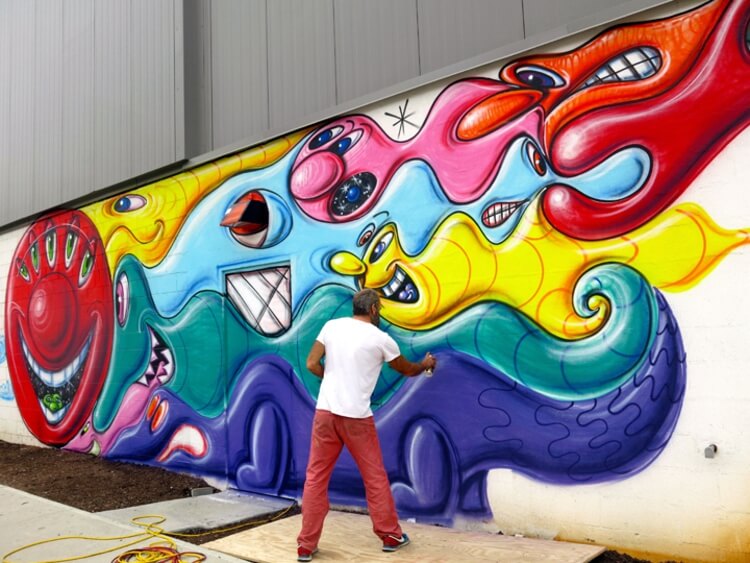
Bathgate Mural, The Bronx (2016)
Commissioned by Krinos Foods/KM Fine Arts
Photo credit: Lois Stavsky
Do you want people to wax poetic about the work? How much of the art world is interested in art criticism and how much is interested in the man behind the work?
Malia: I have my own opinion about the art world and it’s funny because Kenny is one of the snobbiest. It has nothing to do with the value and only with what the art makes him feel. Maybe that’s what art is about. People can love some work so much, or hate some artwork. But if they hate it, it’s probably doing something. The art world is one thing and art is another. The art world and value, and money, and numbers, and people saying this is good or not. Yes, they’re intertwined but they are separate.
Did you think about Kenny’s life in plot points? How did you shape the story with plot points in making the documentary in the edit?
Max: There was a whole lot of trial and error. This film was made in the edit because there’s so much archival [material]. I stepped into the project after Malia had been carrying it on and off for maybe seven years. She had amassed this very large collection of material from her various collaborators and then from a previous guy who tried to make a movie about Kenny back in the early 2000s who had a bunch of interviews. When I stepped in, I was looking at roughly a couple hundred hours of material, maybe a little less. We just methodically, but also haphazardly, stepped into the edit and tried to build it out from scratch. Obviously we ran into a lot of walls and then started organizing. We transcribed all the interviews, started looking at paper and thinking about what the different chapters were. There were really clear moments in his life that were dramatic. Some moments were archival surrounding the moments, some not as much. The archival also informed the narrative. That was a beautiful thing about the project. He had all this footage from these different eras. So we said, “How can this material help us tell the story that we want to tell?” It was always a challenge to find the transitions and to keep the story alive, also weaving in and out of the present day. That was something that, early on, we knew we wanted to do. Finding the beats within that rhythm when we come back to present day, it wasn’t until one of our last cuts that we used this tool of using Malia’s voice. That really helped to tie everything together.
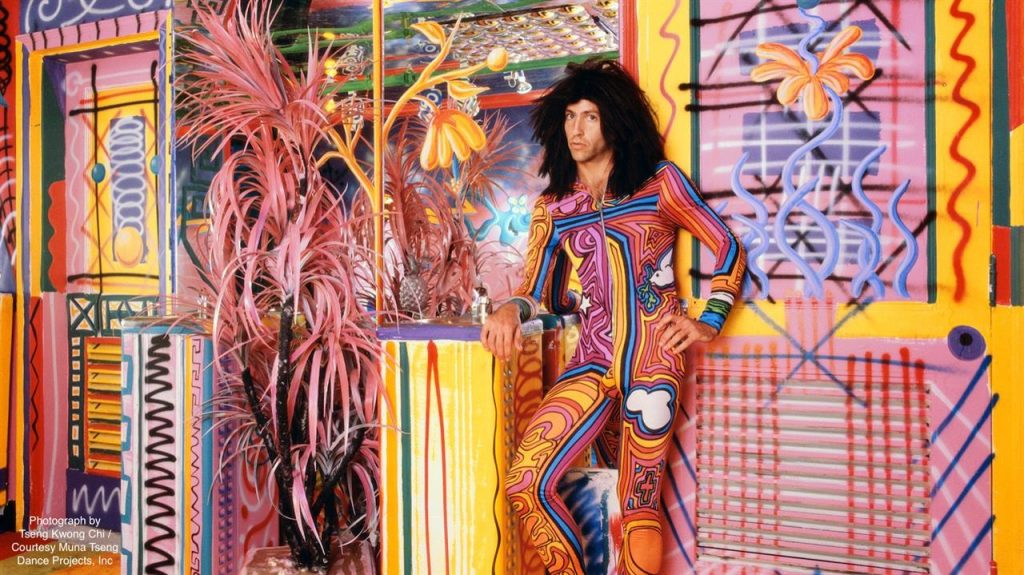
Palladium (1985)
Tseng Kwong Chi
Photo ©Muna Tseng Dance Projects, Inc.
About the scene where Kenny is talking about Keith Haring’s death, did you have to go back and film that?
Max: We added that into the film much later in the process. We had a cut for a long time and didn’t have that scene. We’re specifically talking about when he visited Keith on his deathbed. Then it just became apparent looking through material that we’d been thinking about shaping the whole AIDS crisis sequence and how to build this up and make it better. We knew it could be better and more powerful.
Malia, was it hard for you to talk about your dad in a critical way? There’s that moment where all of the air is sucked out of the room and you feel like, “How is this guy not able to keep it going?” How is the art market not able to support him? You don’t put the money away. You don’t put it into savings. You don’t think that people won’t buy your work or that they’re not going to always continue buying. It’s a tragic moment in the film. The party’s over. What do we do now?
Malia: You know, it’s so funny because my dad, he hasn’t really changed much, he just has a good team.
Max: He has a good work ethic.

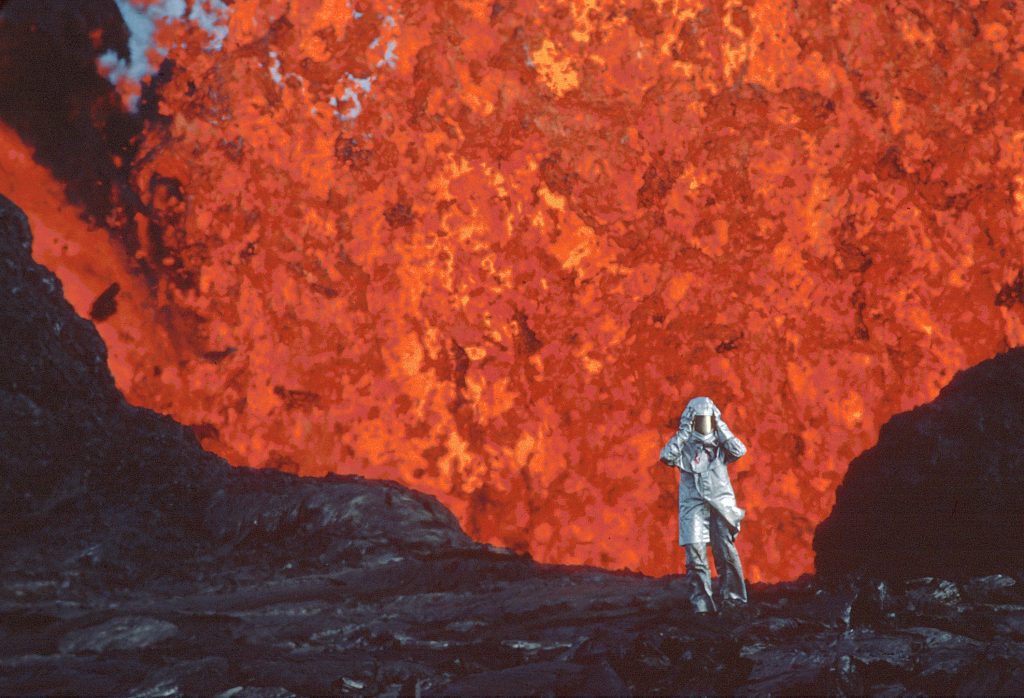
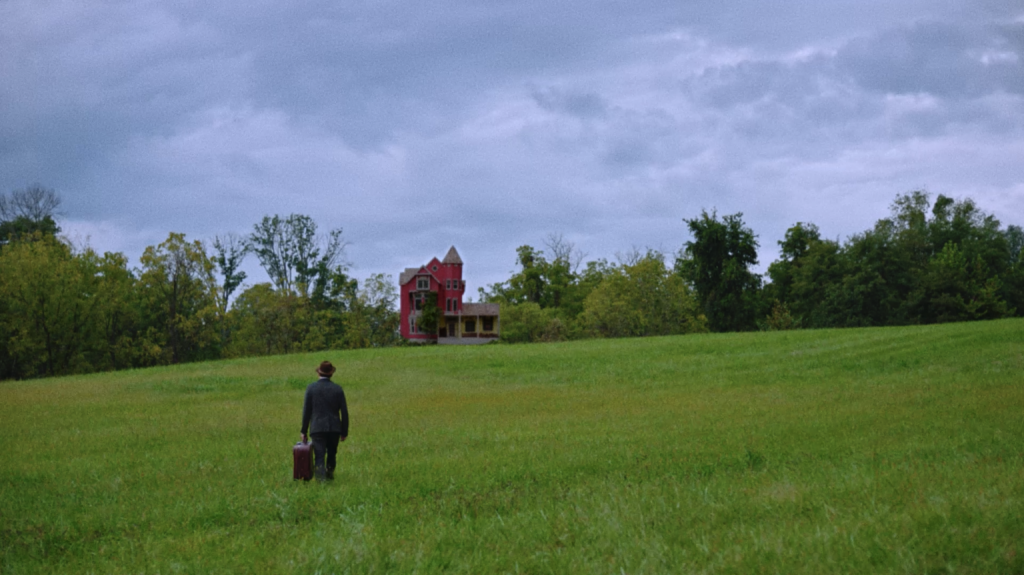

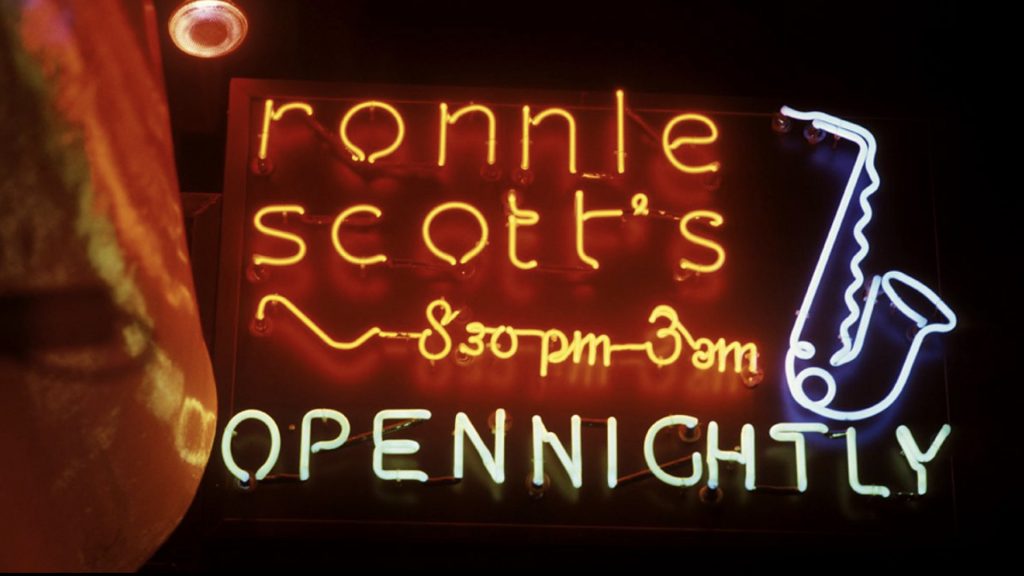


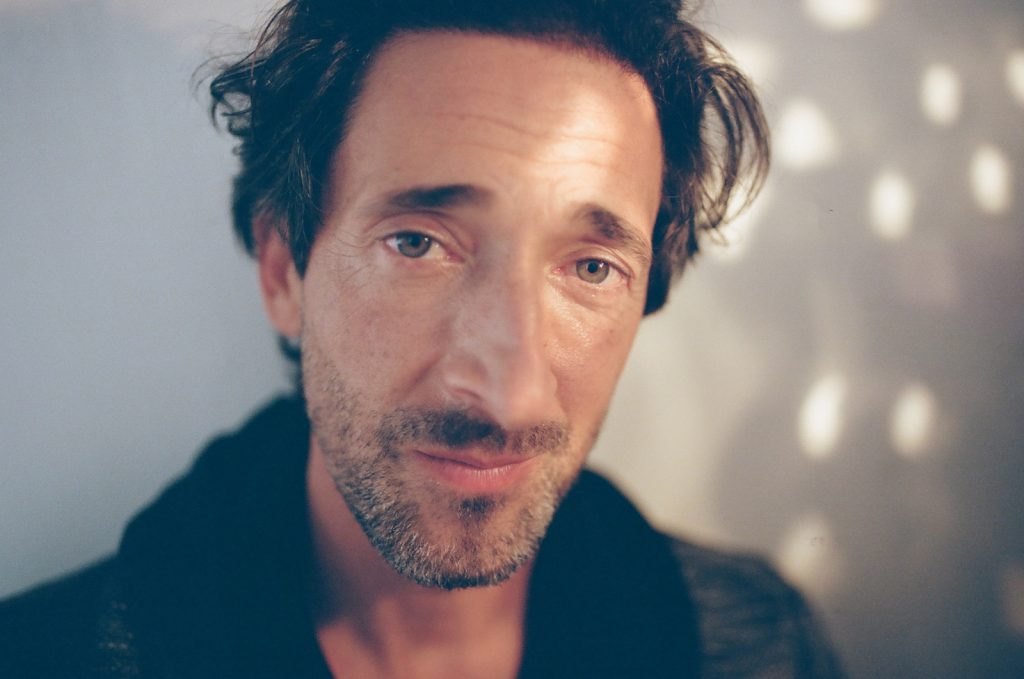

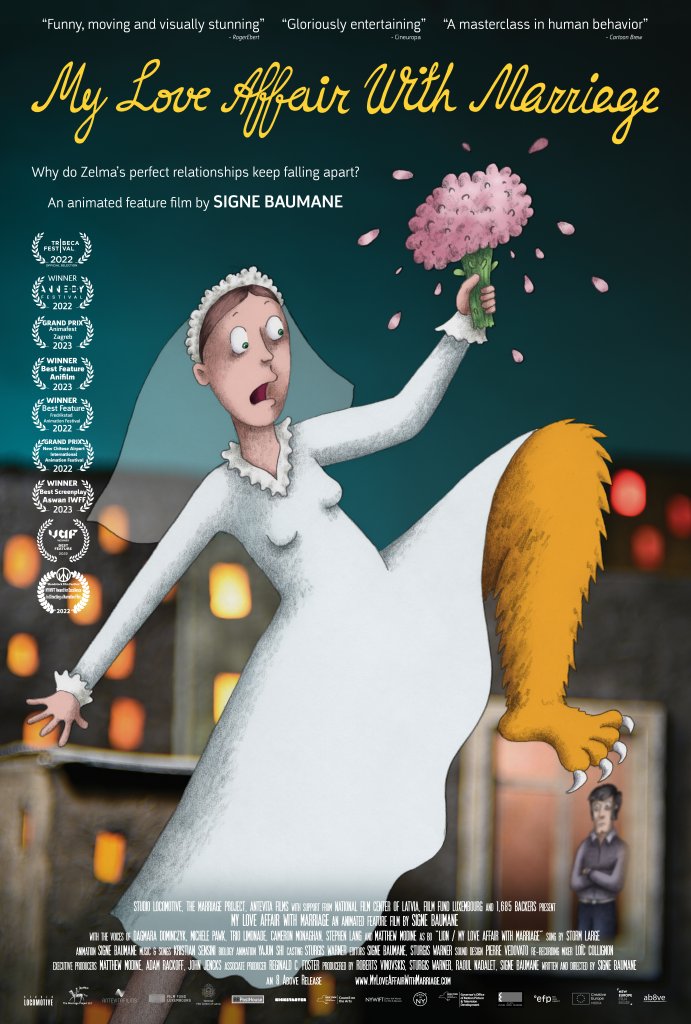

Responses